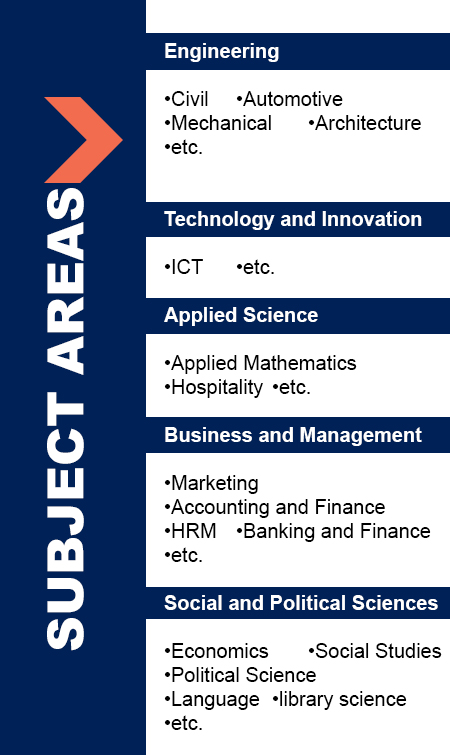How does Victim Precipitation Theory explain Deviant Behaviours of Internet Romance Offenders? Gamer’s Perspective of Victim Precipitation
DOI:
https://doi.org/10.47127/ijtmr.v6i2.126Keywords:
Online romance fraud, offenders, victim precipitation theory, scam, internet fraudAbstract
Internet romance fraud is a global canker with severe consequences to the victims ranging from significant financial loss, emotional trauma, to loss of life and property. The paper examines how internet romance offenders rationalize their deviant criminal behaviours and how these criminals use victim precipitation to commit internet romance fraud. The three dimensions of victim precipitation theory in this study are victim facilitation, victim provocation and victim openness. The research explains how internet romance offenders rationalize and justify their deviant behaviour. The data from this research model elicited 320 individual responses from hotspots associated with internet fraud activities. The findings from this study highlight the conditions under which victim precipitation theory dimensions in the context of internet romance fraud occur. The findings shows that offenders of internet romance fraud rely heavily on victim precipitation to perpetuate their criminal activities: all the three dimensions studied are used by these criminals as justification techniques to increases offenders’ predisposition
to commit internet romance fraud. All three victim precipittion techniues ae used; victim openness, victim facilitation and victim provocation, respectively. This expands the boundaries of victim precipitation theory. The study contributes to new dimensions of victim precipitation in online romance fraud. This study has theoretical and criminology implications; and it gives a new perspective of how victims should conduct themselves in internet romance fraud cases. It also enriches the debate of victim precipitation in criminology discipline.
Citation:Offei, M. O. (2021). How does Victim Precipitation Theory explain Deviant Behaviours of Internet Romance Offenders? Gamer’s Perspective of Victim Precipitation.
International Journal of Technology and Management Research (IJTMR), Vol. 6 (2): Pp.59-72
Received: March 3, 2021
Accepted: September 1, 2021








